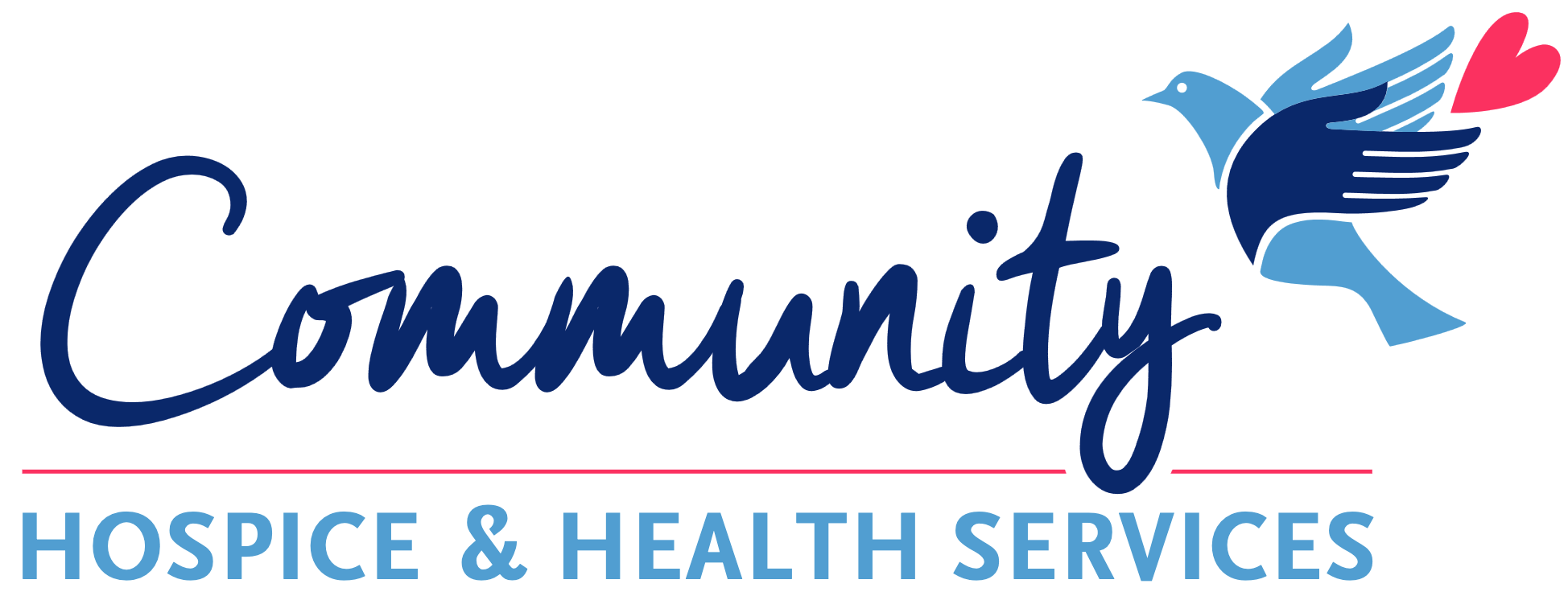
About US
Our Mission, Vision, & Values
Our Mission
The mission of Community Hospice & Health Services is to embrace individuals and families facing life-changing journeys, enhancing quality of life for all.
Our Vision
The vision of Community Hospice & Health Services is to be the Provider of Excellence in quality care, education and support.
Our Values
Compassion
We value the dignity of our patients and families and believe each person deserves supportive care and respect.
Quality
Our healthcare environment is dedicated to quality standards of care to address the physical, emotional and spiritual comfort of our patients.
Integrity
We maintain, in our thinking and our actions, the highest level of integrity in our concern for each other, for patients and families, volunteers and the community.
